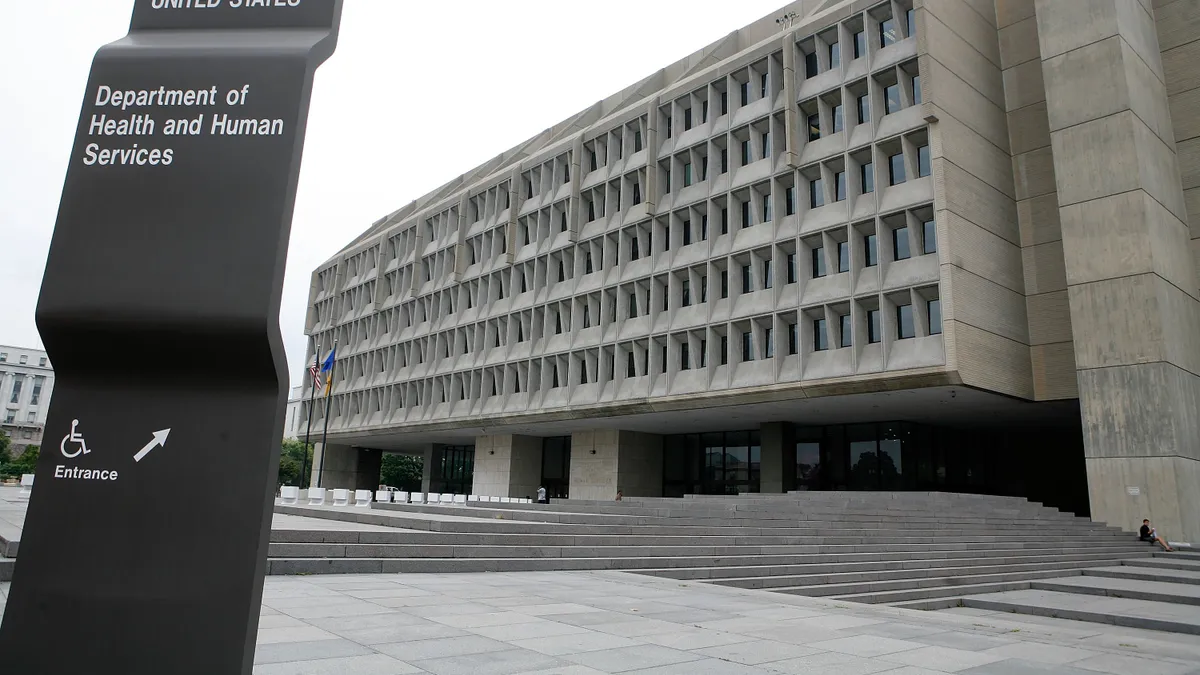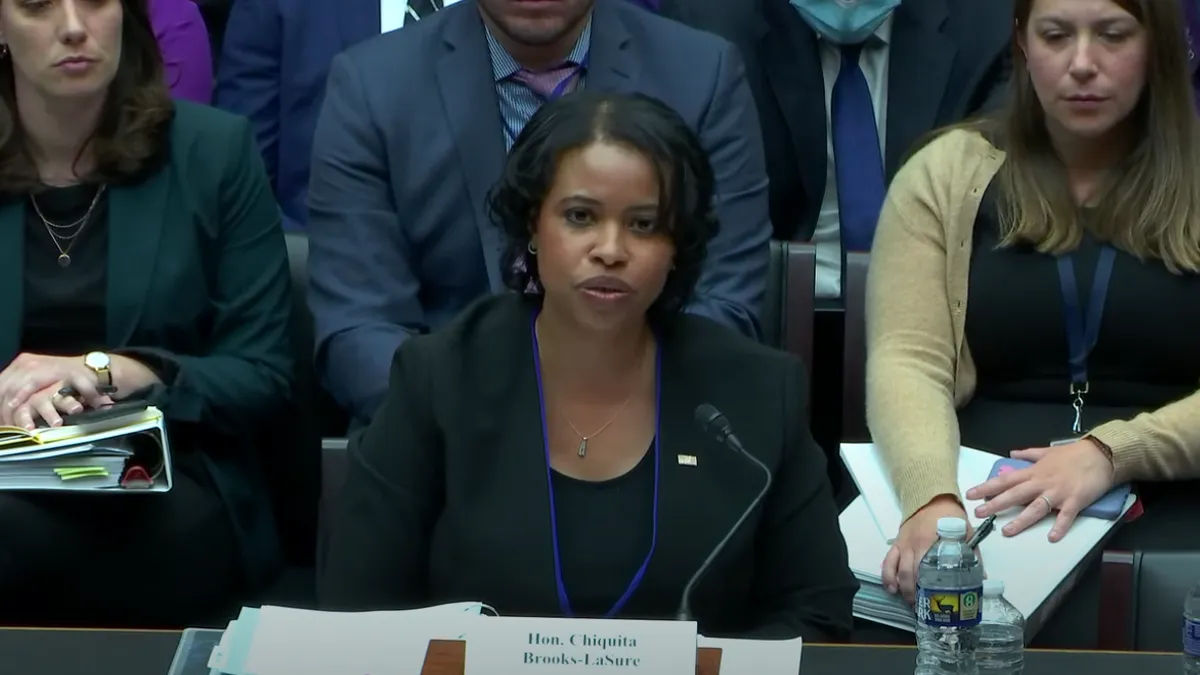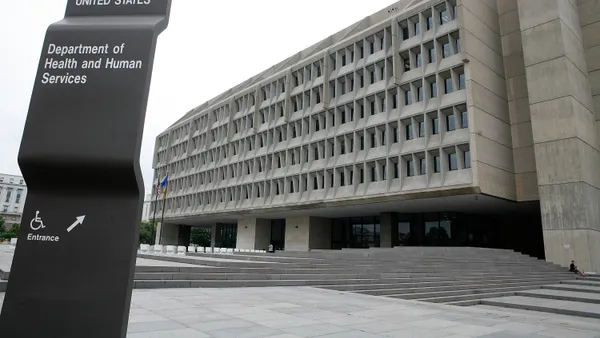Editor’s note: Anna Vredenburgh is the director of health policy at the U.S. Chamber of Commerce.
America’s mental health crisis has squarely entered our national consciousness. The silver lining of the pandemic’s devastation is a recognition that what we were doing before was not sufficient.
For American employers, it underscored the need to accelerate investments in mental health in the workplace.
If you work for a large employer, you’re likely to have more support than you did just a few years ago. A survey of companies late last year found that, within the last three years, 94% of companies reported strengthening mental health coverage, expanding ways to get support, or putting in new workplace programs for mental health and wellness.
Recognizing that good mental health is good for workers and for business alike, employers are devoting significant resources to address the issue. But we’re far from meeting the need. Too many are finding it still too hard to access care. There are structural challenges that will continue to hamper progress if we don’t address them.
Modernizing our mental healthcare system will require action in three critical areas: breaking down barriers to telehealth and virtual care; significantly expanding the mental health workforce, in the short-and long-term; and integrating mental health and physical healthcare.
Although the pandemic worsened the mental health crisis, at first creating new barriers to care and raising levels of stress and anxiety for millions of Americans, it paradoxically pushed us toward one solution to addressing the bigger crisis.
Telehealth rapidly expanded for both physical and mental health services. In March 2020, Congress and the federal government made significant changes to the rules and regulations that governed telehealth. That flexibility supported providers who faced an influx of patients and allowed patients more flexibility to access care.
When these policy changes took effect, more providers were allowed to offer telehealth, including from their homes. They could conduct telehealth visits across state lines. They could use more platforms, and providers didn’t need a preexisting relationship with patients. Patients didn’t need to go to an in-person visit ahead of being eligible for telehealth appointments. Today, 72% of large companies report having recently expanded telehealth networks or options for their workforce.
The pandemic rules are still in effect, and both patients and providers continue to benefit from them. This is especially true in rural areas, where distances between providers and the patients they serve are greater.
However, these telehealth rules are set to expire at the end of this year. Unless Congress acts to extend them, many Americans could have more difficulty accessing mental and behavioral health. Congress should take care to ensure this route to care remains available.
Telehealth, including audio-only, has the potential to meaningfully increase the number of people who can get the help they need, and maintaining flexibility for the federal rules governing the practice is essential.
Still, access will continue to be constrained until we increase the supply of mental health service providers. A fundamental component of the crisis is the mismatch between the number of professionals qualified to help patients, and the number of patients in need of providers. Nearly three years into the pandemic, 60% of psychiatrists still reported that they did not have any availability for new patients.
Troublingly, even as demand for care has been increasing, the number of providers could soon decrease. Over 60% of psychiatrists were at least 55 years or older in 2021, meaning that many current providers could soon be aging out of the workforce. Both today and in the long-run, we will never fully solve this challenge if we don’t have enough professionals to fill the need.
This requires training additional providers, including non-clinical behavioral health providers and primary care providers. In the short-term, we must provide flexibility for licensed health workers like nurse practitioners and social workers, to practice at the top of their license, while additional community services fill in gaps in care.
This additional training, especially for primary care providers, can also address a third challenge facing mental health care in America: integrating mental and physical healthcare. Mental, behavioral and physical health are complex and often connected with one another. Having providers capable of addressing all three, especially in cases where they are connected, can improve patient outcomes.
Integrating mental health and physical healthcare can allow earlier detection of mental health issues, allowing them to be addressed earlier. In addition to improving patient outcomes, addressing mental health conditions early, before they could become emergencies, can lower costs for consumers. This can also help reduce stigma associated with mental healthcare. Stigma remains a barrier for patients in need of mental health services. Eliminating that stigma is another major challenge for breaking down barriers to care.
Right now, the system is failing too many people. We have the tools to change that. We have the capability to address America’s mental health crisis, but policymakers must act. Congress must reauthorize telehealth extensions. Leaders in Washington can engage efforts to build America’s mental and behavioral health workforce and support new steps to integrate care for mental, behavioral and physical health.
Mental and behavioral health have a major impact on the lives of nearly every American. This year, Congress should act to strengthen America’s mental health care system.





















